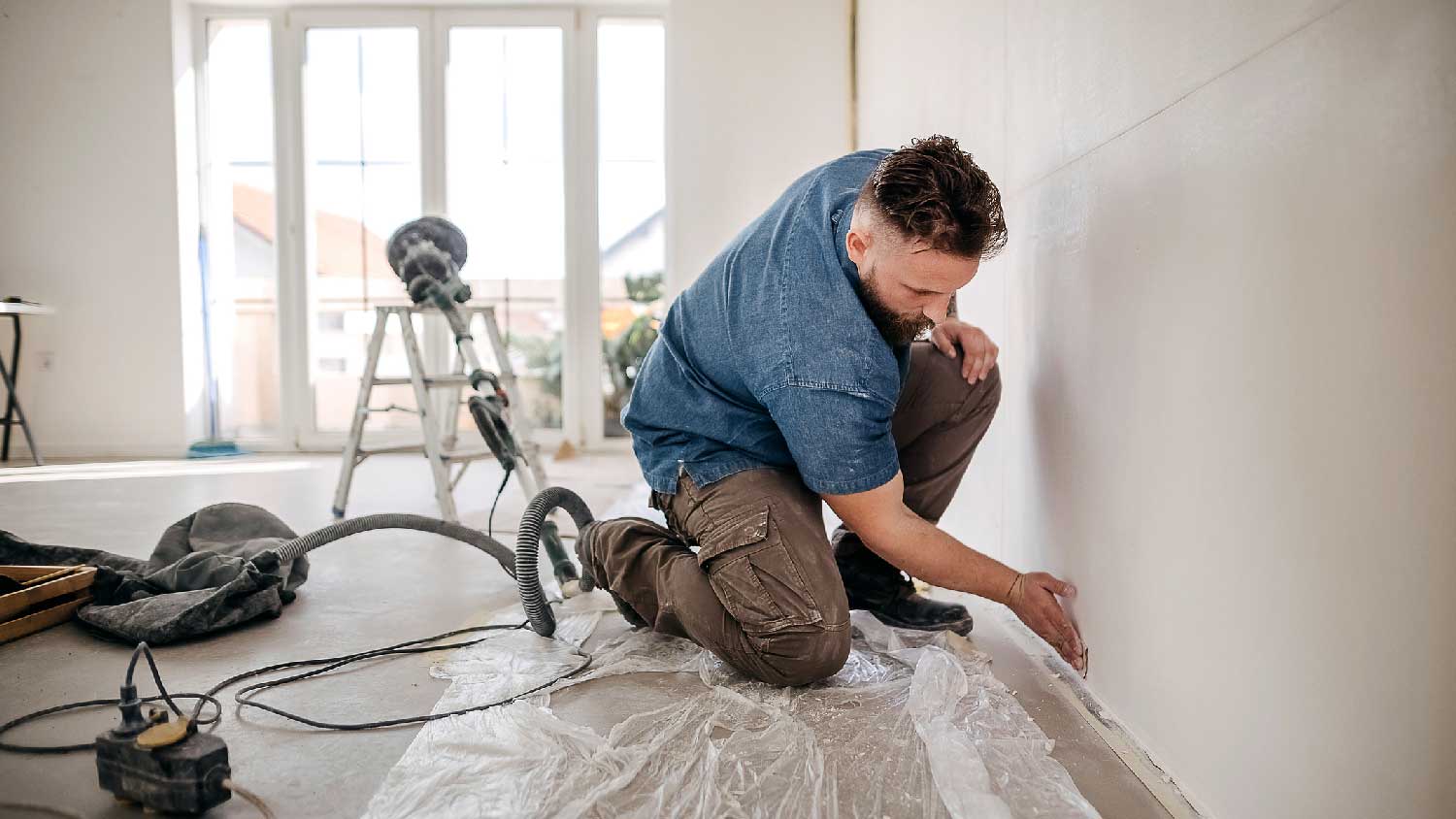How to Remove Smoke Smell From Wood Furniture
Wood-n’t it be nice to get rid of those pesky smoke odors?


Whether you’re dealing with persistent smoke odors after a house fire or noticing lingering smells from cigarettes, candles, or fireplaces, getting your living space smelling fresh and clean again can be a long process. In this article, we’ll explain how to remove smoke smell from wood furniture, which can prove to be a particularly difficult task due to how absorbent the material is.
Why Do I Have a Smoke Smell in My Wood Furniture?
Smoke from any source leaves particles in the air that can settle on wood furniture and soak into the material over time. Those particles cause odors, so enough build-up on your wood furniture can leave a lasting smoke smell. There are a few underlying reasons you may have a smoke odor in your wood furniture.
House fire: The most pervasive odor will often come from smoke from a major house fire. Fire and smoke damage can destroy wood furniture and leave a persistent smoke smell that may not go away on its own.
Indoor smoking: If you or a family member smokes cigarettes or cigars inside, the particles from the smoke will settle on wood furniture and soak in. This will smell more like cigarette ash and less like smoke.
Cooking: Cooking also gives off smoke, and odor-causing particles can soak into wood furniture over time. If the wood smells oily and smoky, this could be the issue.
Heating equipment: You’ll also get airborne particles that leave smoke odors from wood-burning stoves and fireplaces. Frequent use can leave your wood furniture with lasting odors.
How Much Does It Cost to Remove Smoke Odors?
Smoke damage remediation costs an average of $3,000, but you could pay more or less than that, depending on the severity of the issue and the type of smoke damage. If you just need a deep cleaning, deodorizing, and ozone smoke removal, you’ll pay closer to $1,000.
How to Remove Smoke Smell From Wood Furniture

As a DIYer, there are a few things you can do to remove smoke odors from wood furniture.
Use Baking Soda
One of the simplest ways to remove smoke smells from wood furniture is to sprinkle some baking soda onto the wood, let it sit for 24 hours, and then brush and wipe it off with a clean rag. Baking soda naturally absorbs odors, so this could work if you have a minor smoke smell. You can also try placing boxes of baking soda inside the drawers of wooden furniture.
Clean with Vinegar
Vinegar is a popular cleaning solution because its acidity can neutralize odors, and it’s safe to use around children and pets. Mix one part white vinegar with one part water. Test the solution on a hidden section of your wood furniture to ensure it won’t interact with or discolor the surface. If it doesn’t, wipe the surfaces of your furniture with the solution on a clean cloth.
Clean with Wood Furniture Cleaner
For more stubborn odors, you can try deep cleaning with wood furniture cleaner or deodorizer. Follow the manufacturer’s directions carefully for the best results.
Use Activated Charcoal
Activated charcoal is highly porous and can soak up odor-causing contaminants. It can leave a black residue on absorbent surfaces, like wood, so place the powder in a bag and set the bag inside wooden drawers or cabinets where smoke odors persist. Leave them for 24 hours before replacing them.
Refinish the Wood
The most extreme option you have is to sand and refinish the wood. The top layer of wood is where the majority of the odor-causing toxins will sit, so sanding this off can be a major help. Once you’ve sanded the piece, applying a protective finish can lock in existing contaminants and prevent them from escaping into the air, effectively blocking the odor.
Tips for Dealing With Smoke Odors in Wood Furniture
The smoke damage restoration process can be lengthy, and some options can even damage your furniture. Here are some tips to help you get the best results without doing additional damage.
Work slowly: It’s probably tempting to jump to the most extreme option right away, but it’s best to start with the least invasive methods, like deodorizing with baking soda or activated charcoal, and then move on to more extreme methods.
Be careful with moisture: Exposing wood furniture to some moisture isn’t bad, but excess moisture or prolonged exposure can cause your wood to swell and warp. When applying vinegar solutions or furniture cleaner, use small amounts and allow the wood to dry completely between cleanings.
Prepare for the long haul: Removing smoke odors in wood furniture is likely going to take multiple applications, regardless of the method you use.
DIY vs. Hiring a Pro
Removing moderate smoke odors from wood furniture is DIYable, and the monetary and time investment is minimal. If you have some light odors after a small house fire or in furniture near a wood-burning stove or fireplace, feel free to attempt a solution yourself before calling in the pros.
For more stubborn smoke odors, especially after major house fires or years of indoor smoking, call a smoke restoration company near you for the best results. Professionals can use the methods above but also offer ozone smoke removal, which can do wonders for eliminating persistent smoke smells. It’s also best to call a pro if you’re working with antique wooden furniture or family heirlooms, as they can get the job done without damaging the furniture.
Frequently Asked Questions
Ozone smoke removal makes use of an ozone generator to remove odors from building materials and belongings. Ozone is an unstable element that will oxidize organic compounds, so it can neutralize the odor when it interacts with smoke particles. Ozone can be an effective way to remove smoke smell from wood furniture, but it’s best to leave this treatment to a professional. Living in a house with smoke damage isn’t always safe, but improper use of an ozone generator can also be dangerous to your health.
Most smoke odors will subside over time if you air out the materials holding onto them, but they often won’t completely go away on their own. If you’re dealing with stubborn smoke odors on furniture and building materials, begin by deep cleaning and deodorizing with baking soda or activated charcoal. You may need to repeat treatment. If that doesn’t work, hire a smoke damage restoration company for help.















